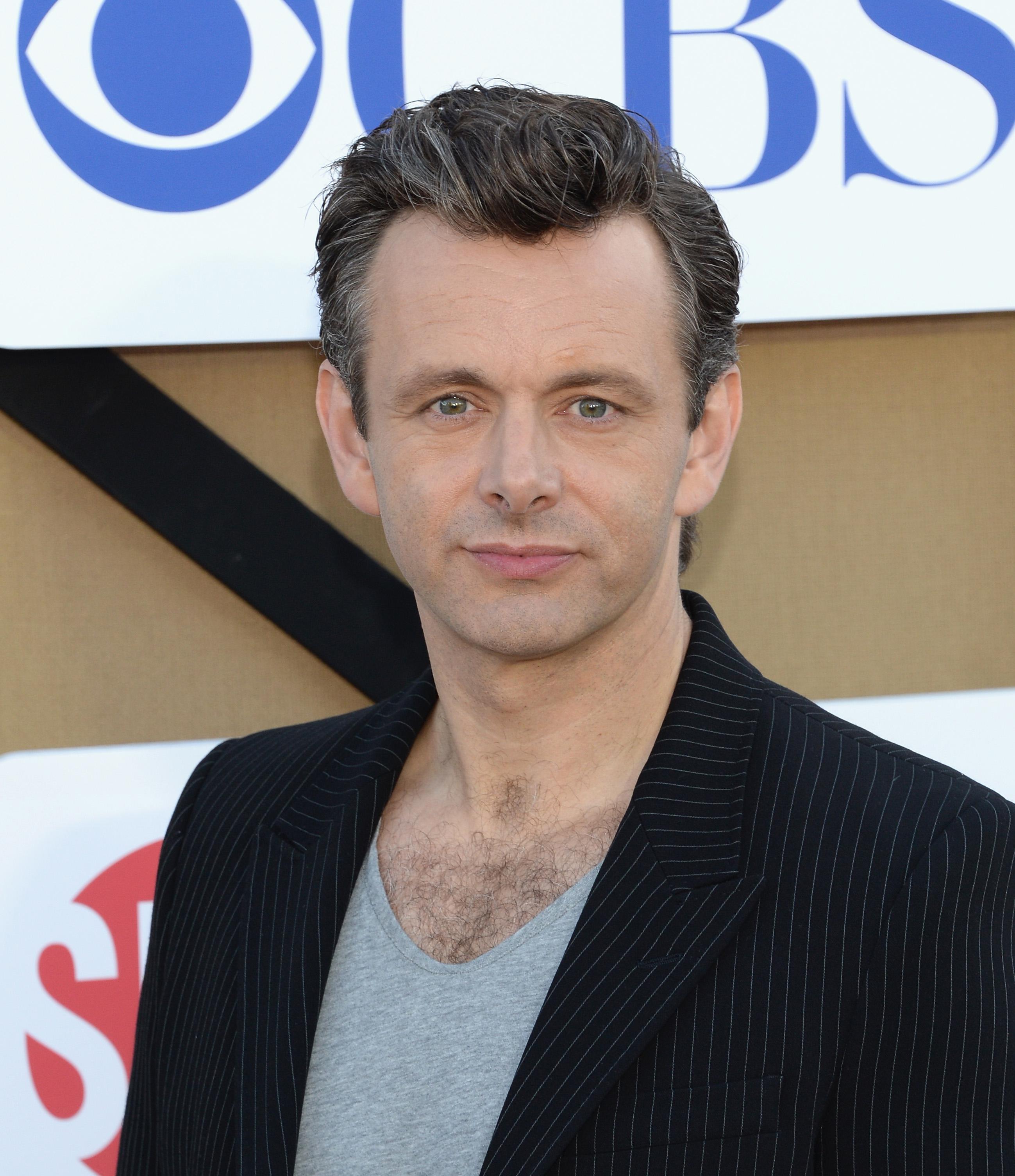Hollywood features many different kinds of eyes. They come in various shapes and colors and sizes: Zooey Deschanel’s babydoll blues, Emma Stone’s feline gaze, Steve Buscemi’s creepy peepers. But objectively, the best eyes to ever grace your screen belong to Michael Sheen. He uses them for subtle character work in films like The Queen and Frost / Nixon. He uses them to give his campier roles an undercurrent of intensity. And now in Far from the Madding Crowd, those powerful orbs bring to life the staid, wealthy bachelor William Boldwood, in a tour de force of quietly longing gazes. So let’s revisit some of his eyes’ best work.
Research has shown that people with bigger eyes are perceived as more trustworthy—perhaps that’s the reason for Sheen’s instant magnetism in Underworld as Lucian, the revolutionary lycanthrope. It’s no surprise that the third Underworld installment is devoted solely to Lucian’s backstory. Sheen’s character became an instant fan favorite: On the surface, Sheen’s eyes give him both the starved look of a vagabond and the hopeful look of a revolutionary. And in slower scenes, his subtle expressions give lines that could seem like cheesy supernatural tripe real emotional weight.
Sheen’s oeuvre is as eclectic as they come: He’s a sensation onstage, a powerful actor in several biopics, and basically the only watchable thing about Twilight: Breaking Dawn Part II. But no matter who (or what) he plays, Sheen is captivating. Specifically his eyes. In Tron: Legacy, in the role of Castor, he portrays a sparklingly cheesy bar-owner, an homage to David Bowie. In a movie where all the actors seem to fade into the background like props, Sheen commands every scene he touches—with his delightfully shifty eyes, lined thick in blue and sheathed in white color contacts. They are the emotional core of his fun, playful performance.
Even in his more subdued roles, Sheen’s eyes steal every scene. Consider The Queen, in which he plays Tony Blair. In one particularly striking moment, Sheen’s Blair speaks with Queen Elizabeth II, played by Helen Mirren, right after the death of Princess Diana. The two have a fraught relationship, and in this scene Sheen’s eyeballs perfectly capture the tension of the situation. Even without a partner onscreen to feed off, his small blinks and bemused eye widening communicate everything we need to know. And they elevate what could have been a visually dull scene to wry comic perfection.
Even when the material he’s given to work with is thin, Sheen’s eyes manage to turn in a memorable performance. Throughout the Twilight series, he transformed Aro, a forgettable, phoned-in vampire character, into one of the most amusing parts of the movie franchise. His eyes, this time sheathed in red contacts, give Aro a vibrancy that he was missing as one of the most exhaustingly sober characters in the books. Sheen plays Aro—who is outwardly calculating and composed—as a man driven mad by boredom. In Twilight: Breaking Dawn Part II, upon seeing Bella and Edward’s child, Sheen’s Aro lets out a delighted squeal, eyes alight. It’s both startling and hilarious. It was so memorably weird that YouTube videos exist in its honor,
The laugh might be what people most remember, but the real key to his performance was what lurked in his pupils—a creeping madness that promised to emerge in due time.
In 30 Rock, Sheen had a recurring role as Wesley Snipes, Liz Lemon’s ill-matched “future husband,” whom she meets while high on nitrous oxide at the dentist. He shouldn’t be likable—in fact, if he’d been played by almost anyone else, he’d be downright insufferable. But Sheen’s eyes bring a touch of whimsy to an otherwise kinda repulsive character. As he insults Liz, comparing her love life to a “Cathy” comic and badgering her about her new boyfriend, the only thing that keeps you from wanting to punch him is just how much silliness Sheen wrings from the character—and needless to say, it’s all in the eyes.
